Finland Station
Click on Image to Expand
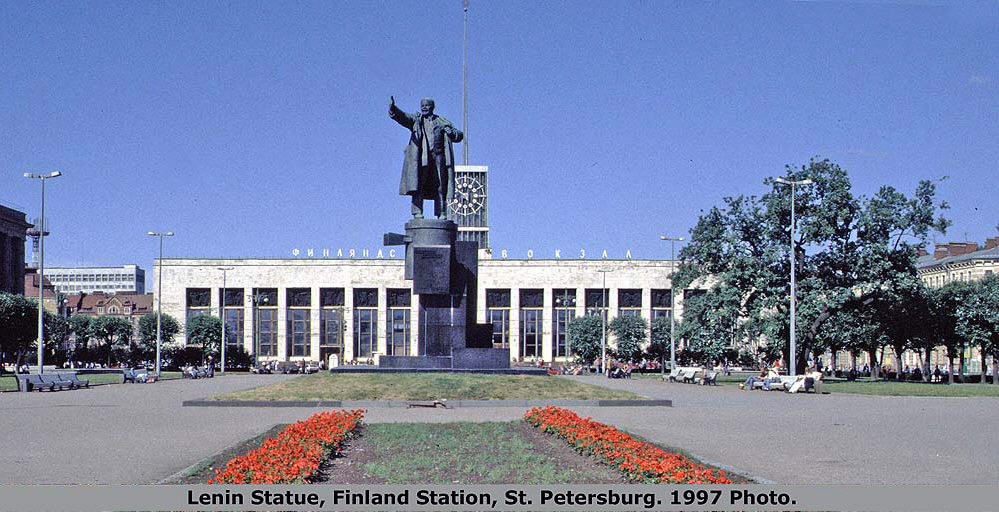
The Finland Station was built by Finnish State Railways as the eastern terminus of the Riihimäkt-St. Petersburg railroad. It was designed by Swedish architects and opened in 1870. The station formerly contained a special pavilion for Russian royalty. It is the site where Lenin first arrived in April 1917 from Switzerland and whence he fled in disguise in August 1917. Lenin is still remembered with a statue in front of the station. Before dawn on Wednesday 1 April 2009 a bomb exploded in the statue of Lenin, creating an 80cm–100cm hole in the back of the statue.
About the Name of the City
In 1914 the name of the city was changed from St. Petersburg to Petrograd,
in 1924 to Leningrad, and in 1991 back to St. Petersburg.
Cruiser Aurora
Click on Image to Expand
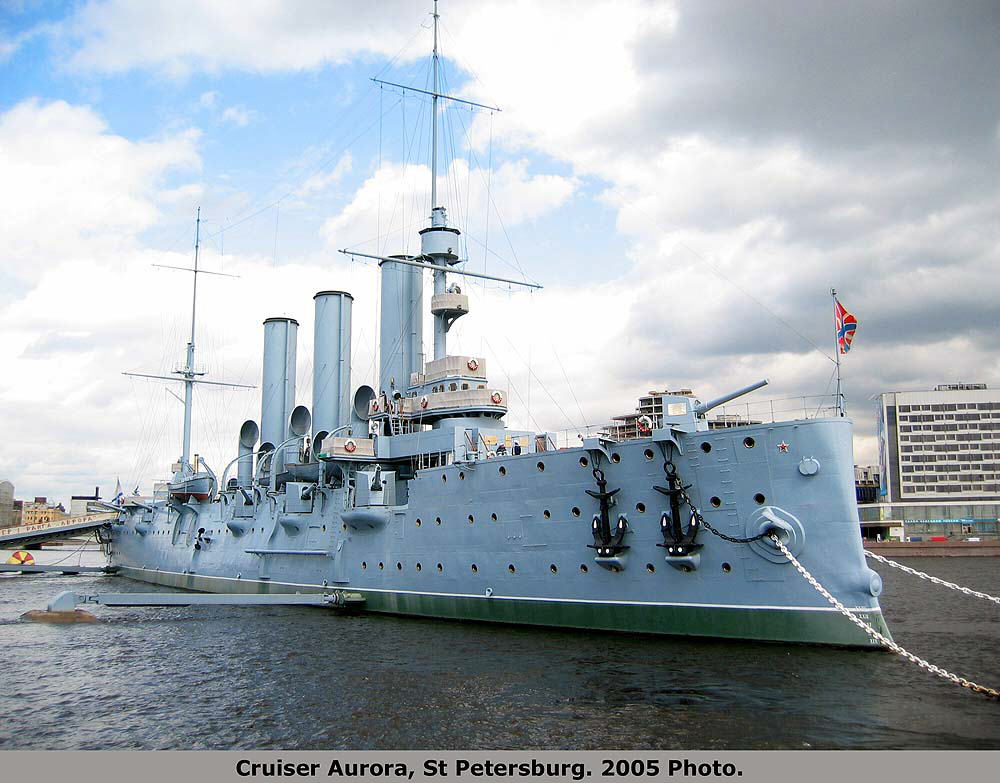
The armored cruiser Aurora was built in St. Petersburg at the turn of the century and survived the Battle of Tsushima, in which most of Russia's Pacific Fleet was destroyed. Early in WWI it patrolled the Baltic and served as a training vessel. During the October Revolution of 1917 Aurora gave the signal (by firing a blank shot) to storm of the Winter Palace. Members of the crew are believed (possibly this is a legend) to have participated in the attack at the palace.
Cruiser Aurora Interior and Commemoration
Click on Image to Expand
Peter and Paul Fortress
Click on Image to Expand
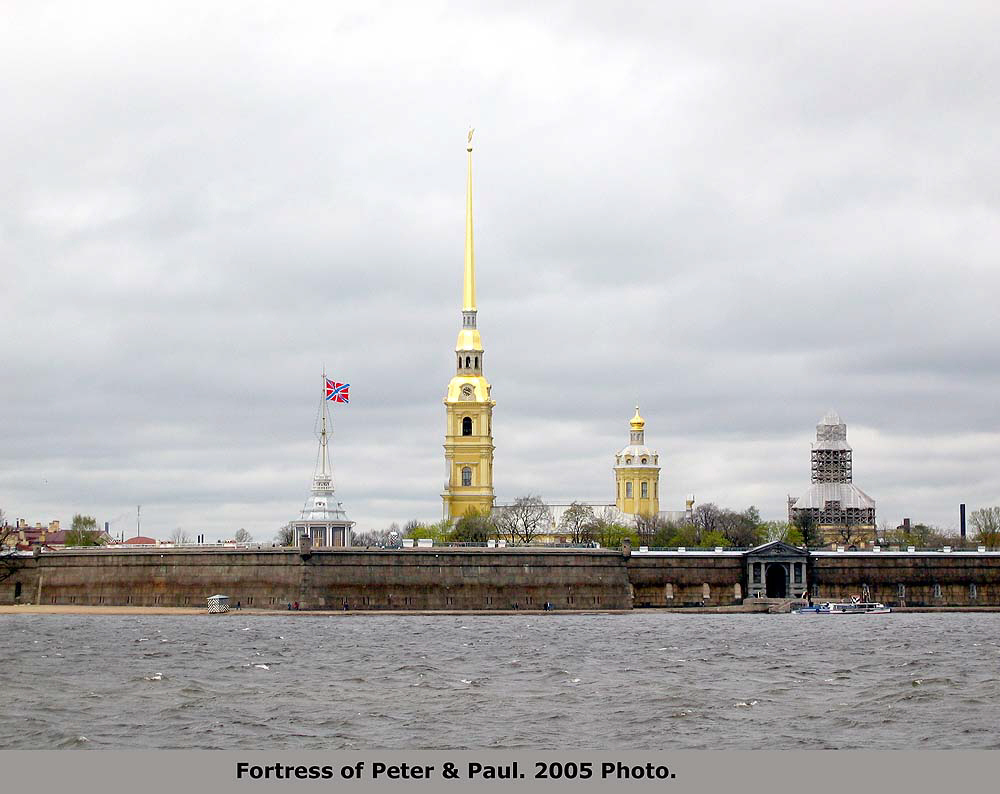
During the earlier February Revolution of 1917, Peter and Paul Fortress was attacked by mutinous soldiers of the Pavlovskii Regiment on 27 February and freed the prisoners. Under the Provisional Government hundreds of tsarist officials were held in the fortress. On 4 July when the Bolsheviks attempted a coup, the fortress garrison of 8,000 men declared for the Bolsheviks. They surrendered to government forces without a struggle on 6 July.
On 25 October, again the fortress quickly came into Bolshevik hands. Following the ultimatum from the Petrograd Soviet to the Provisional Government ministers in the Winter Palace, after the blank salvo of the cruiser Aurora at 21:00, the guns of the Fortress fired 30 or so shells at the Winter Palace. Only two actually hit, inflicting minor damage, and the defenders refused to surrender — at that time.
Winter Palace
Click on Image to Expand
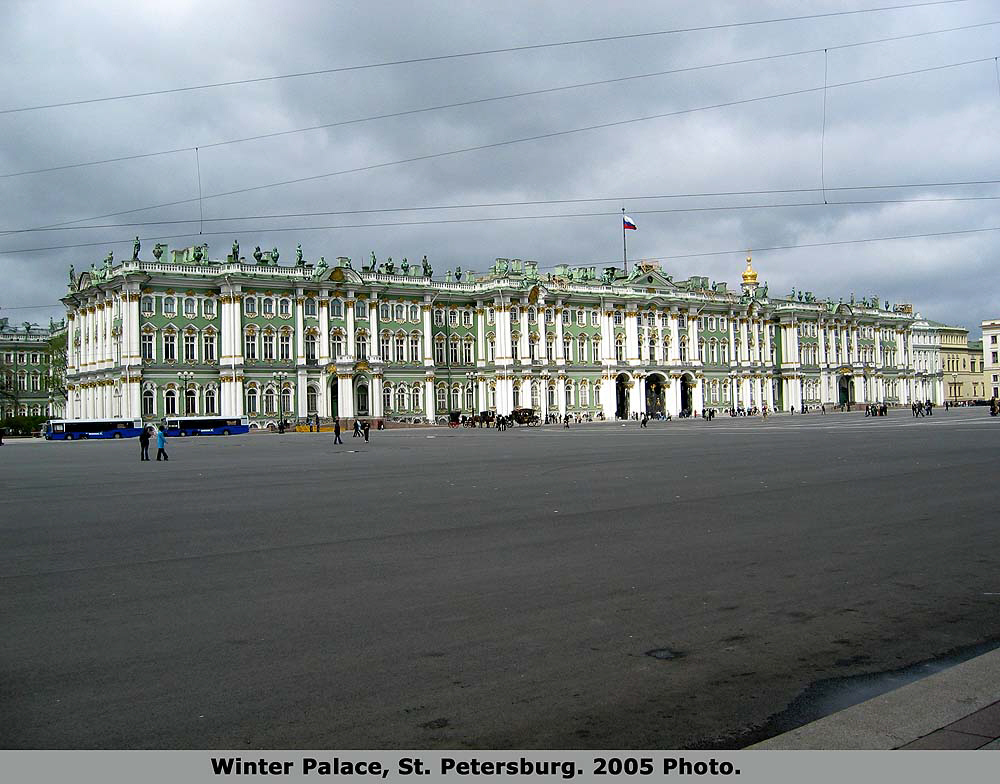
In 1905, the Winter Palace was the site of the Bloody Sunday massacre on Palace Square that marked the beginning of the end for the power of the Romanov dynasty. It saw the official opening of the first Duma in 1906 and the presence Nicholas II and Alexandra to accept the salute of troops departing for the front in 1914. During the war it was transformed into a temporary hospital for wounded soldiers.
Winter Palace Interior
Click on Image to Expand
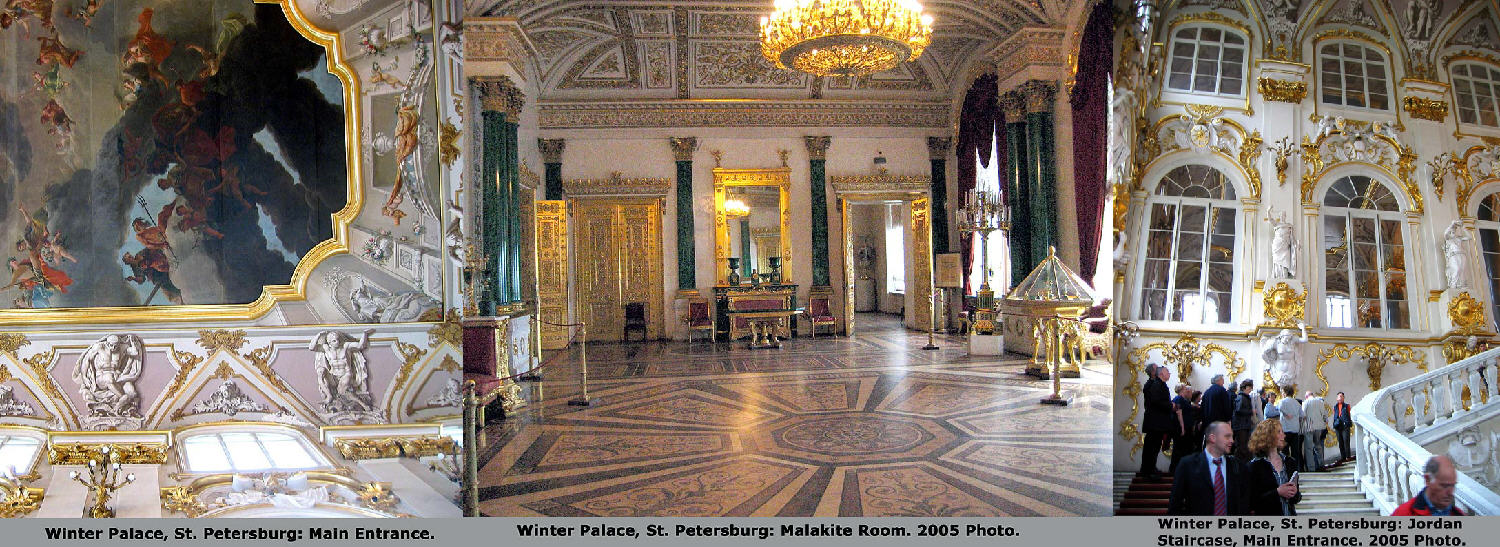
In 1917, after Nicholas II's abdication and the February Revolution, the Winter Palace became the seat of the Provisional Government under Alexander Kerensky. On 25 October with the Provisional Government holding out inside the Winter Palace, the Bolsheviks captured the surrounding buildings in Government Square, one b yone. At 02:10 on the morning of 26 October the Winter Palace was taken by forces under Vladimir Antonov-Ovseenko, and the captured ministers were taken to the Peter and Paul Fortress as prisoners. Today it is part of the Hermitage Museum complex.

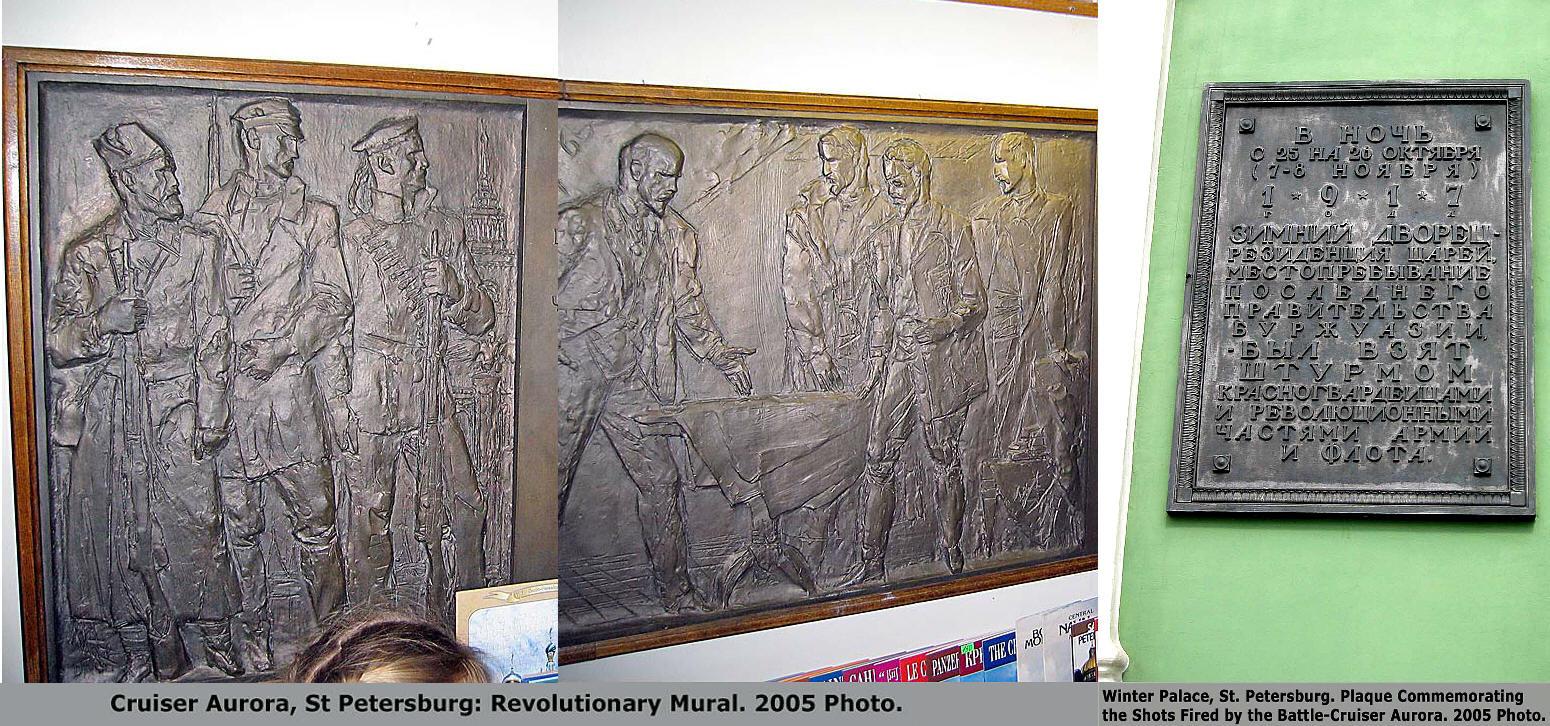
nice
ReplyDeleteI recently came across your blog and have been reading along. I thought I would leave my first comment. I don't know what to say except that I have enjoyed reading. Nice blog. I will keep visiting this blog very often.
ReplyDeleteΣίτες